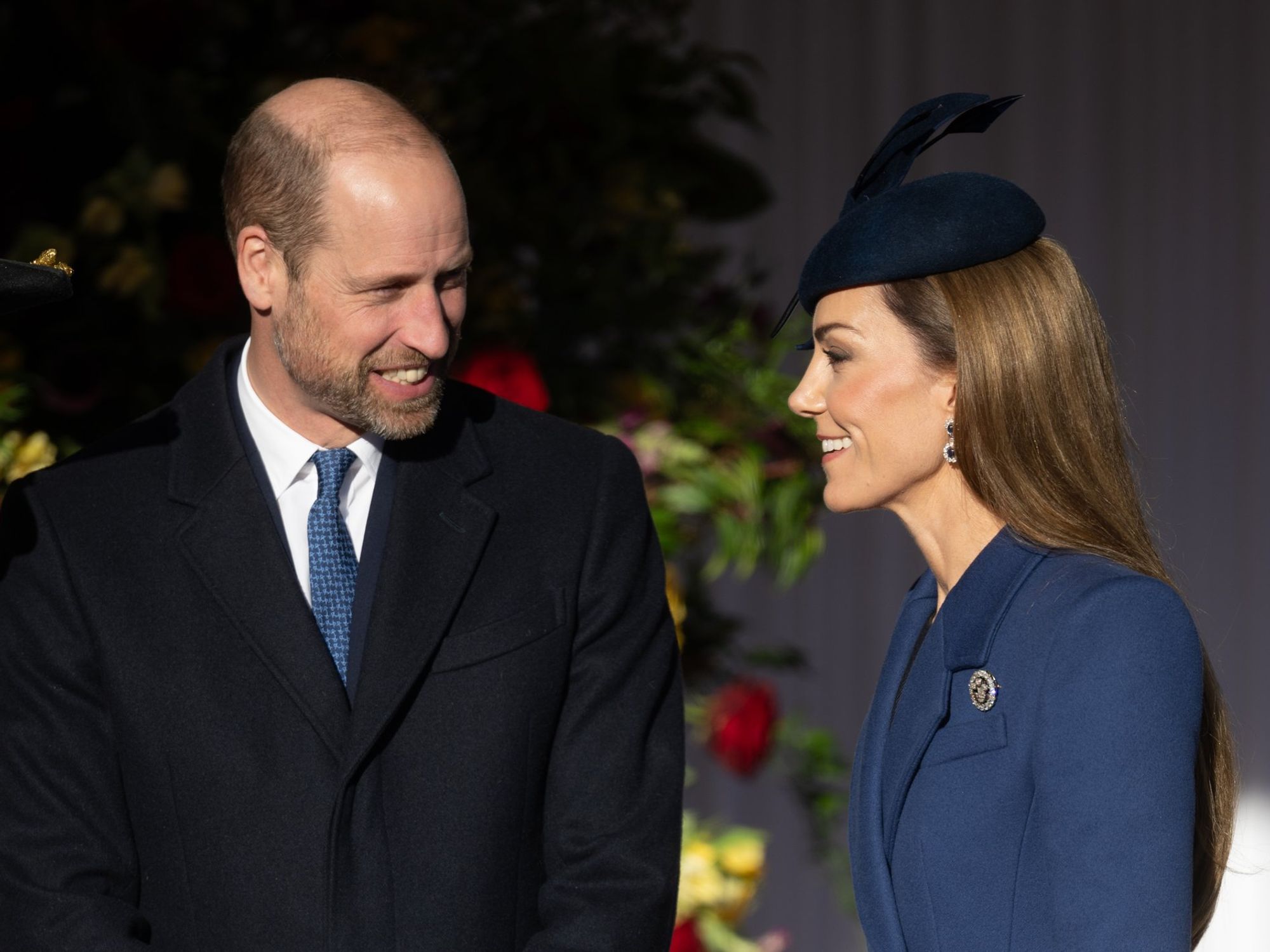Either Sunak himself has been bamboozled or he's knowingly trying to bamboozle the public, says Nigel Nelson

Nigel Nelson | GB News

"PMs who underestimate the intelligence of a savvy electorate tend to come a cropper"
Don't Miss
Most Read
Latest
Let’s mix metaphors. Local election results were so dire for the Tories Rishi Sunak will look for any crumb of comfort and clutch at the wispiest of straws to make them look better. It is a vain attempt to present his party as a glass half full rather than running on an empty tank.
The lifejacket the PM is now wearing was manufactured by Nuffield College, Oxford eggheads Colin Rallings and Michael Thrasher who turned last Thursday’s local results into a projected national vote share at a General Election.
This showed Keir Starmer falling short of an overall majority by 32 seats thus contradicting consistent polling putting Labour 20 plus points ahead and on course for a landslide.
By doing so they allowed Sunak to rearrange the deckchairs on the Titanic to claim Britain was heading for a “coalition of chaos” with Starmer propped up by Lib Dems, the SNP and Greens.
This is most probably utter tosh. While the figures produced by Messrs Rallings and Thrasher have the advantage over opinion polls in that they are based on real votes, they don’t compare like with like.
Arguably the best they can do is show how the nation might have voted in local elections had they been held everywhere.
But there were none in Scotland, and the effect Reform might have on a GE result could not be taken into account as candidates only stood in six council wards. When I ran the Rallings-Thrasher figures myself, but gave Reform the generous 17 per cent they won at the Blackpool South by-election, I still ended up with a hung parliament. But Labour were only off course by six MPs. That’s a big difference from 32.
It’s not just me who thinks this exercise pretty pointless. Britain’s most trusted pollster, Sir John Curtice, who produced similar calculations of his own, thinks so, too. As does that other polling guru, Peter Kellner.
Sir John told the BBC that, for starters, one in five people vote differently in local elections than they would in a GE. And he added: “The outcome of the current battle between Labour and the SNP could be crucial to the result of the next election.
“English local elections do not tell us much about what will happen north of the border.”
The conclusion must be that either Sunak has been bamboozled, or he is knowingly trying to bamboozle the public. Either way he should know better. PMs who underestimate the intelligence of a savvy electorate tend to come a cropper.
But all this does make it timely to question just how reliable opinion polls really are considering they come along as often buses nowadays. Take all the recent ones together and average them out and, according to Electoral Calculus, that gives Labour a whopping overall majority of 294.
That is based on a Labour vote share of a little over 43 per cent and the Tories on a little under 23 per cent. On this prediction Reform get no MPs, but the Lib Dems are back in the game on 50.
But opinion polls also need to be taken with a large pinch of salt - as handy signifiers of the direction of travel as opposed to spot-on crystal balls. They tend to strip out the undecideds, recording them as non-voters which not all of them will be.
Indeed, it may be those who don’t know now but will know when election day comes who will end up deciding it. It only takes 200,000 switchers in the most marginal seats to completely change the picture. And it is likely the polls will narrow the nearer to an election we get.
Politicians have been getting much more excited by what are called multi-level regression and post-stratification polls which is a bit of a mouthful and better known as MRP to their friends.
A mega MRP poll of 14,000 voters earlier this year left the Tories with just 169 seats, 196 fewer than their 2019 total, and Conservative MPs went a sickly shade of pale when they saw it.
That’s because the MRP system can predict the results in individual constituencies by adding census data to their weighting - age and income levels, for instance.
But even they make assumptions which may not turn out to be consistent.- by assuming, say, that a university educated single man in his 30s will vote a certain way wherever he lives.
But even young blokes with degrees coming from the same town or village can disagree with each other over politics.
Just listen to them arguing in the pub.










